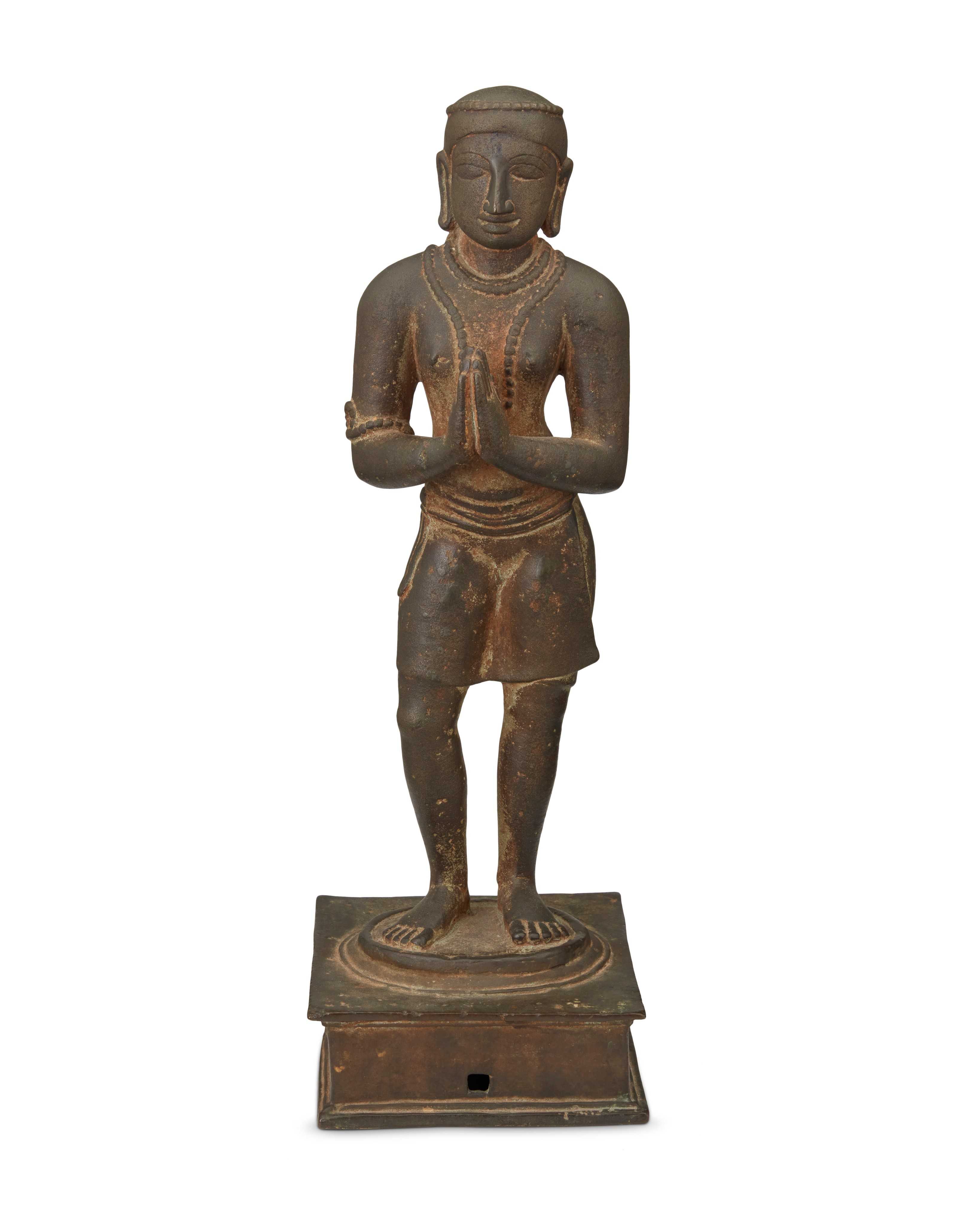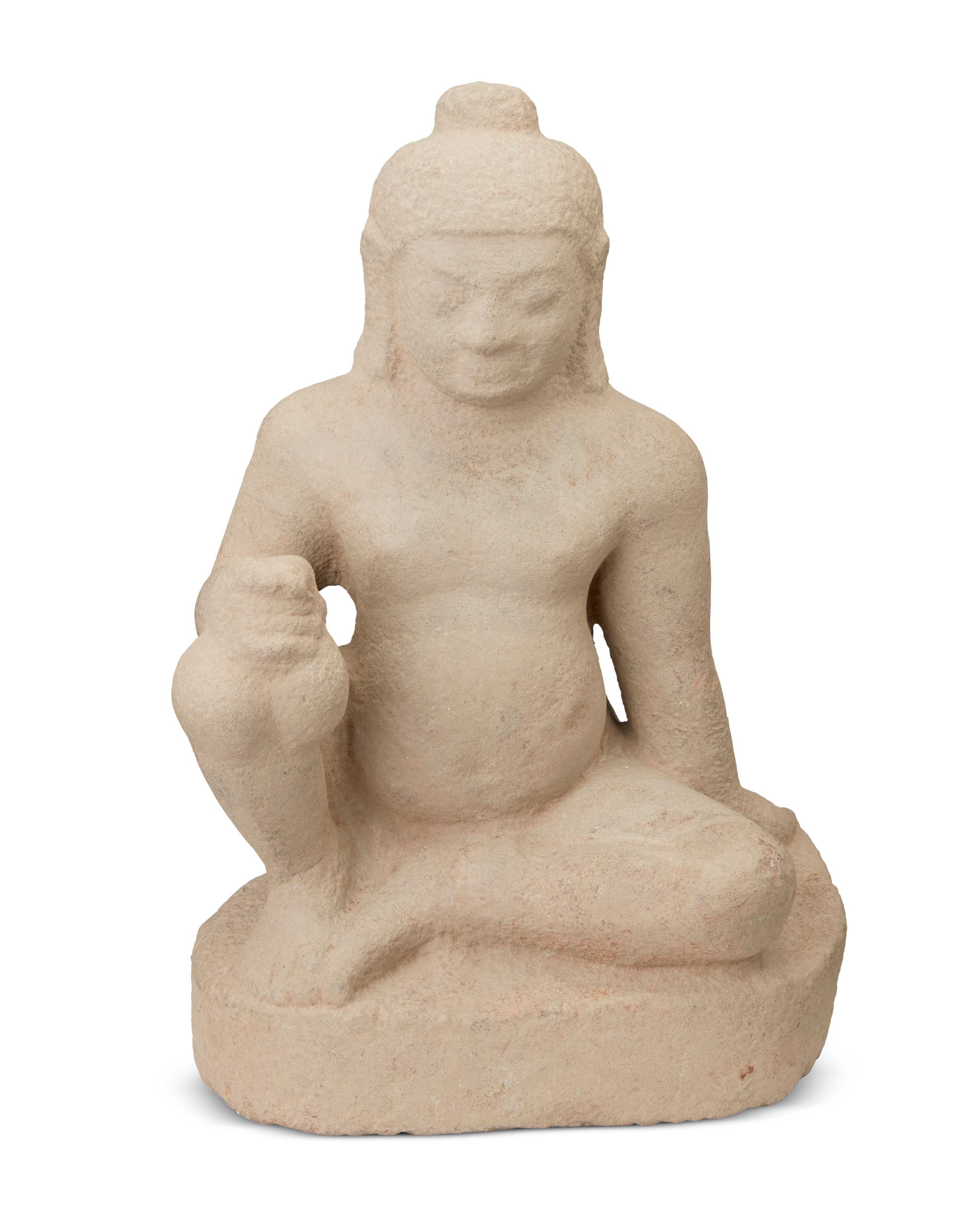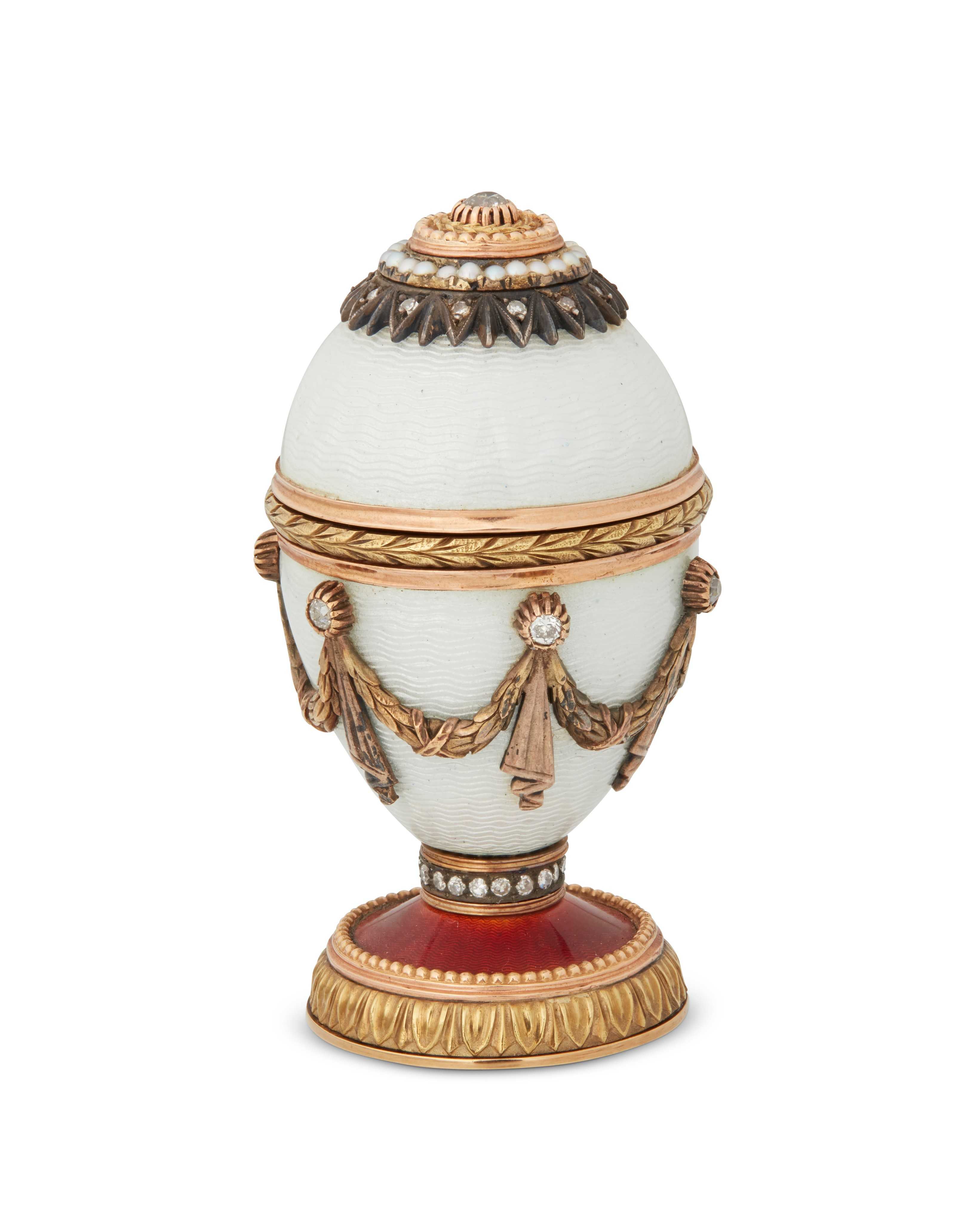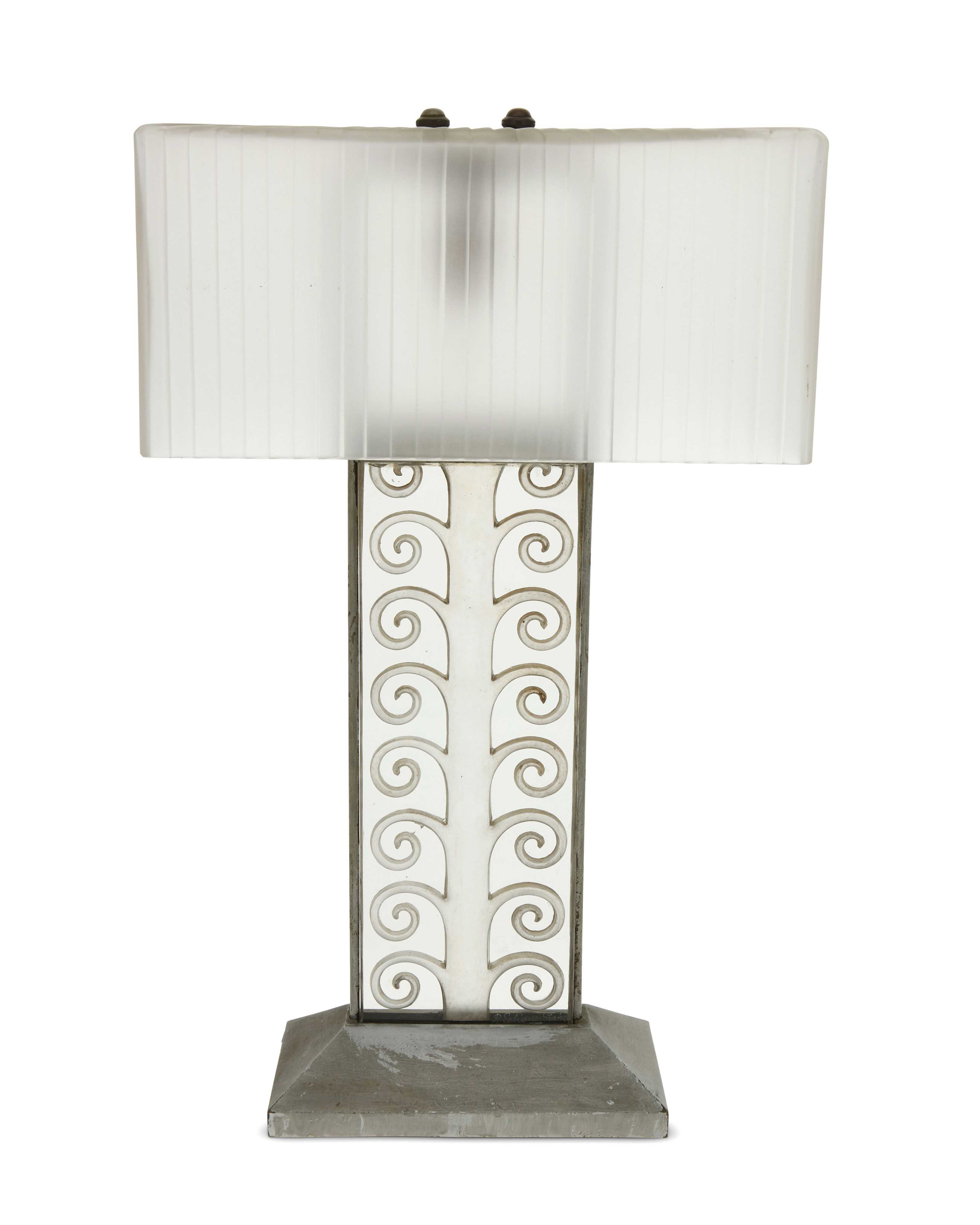LOS ANGELES — John Moran Auctioneers will present The Traditional Collector: Featuring The Collection of Walter and Nesta Spink, taking place Tuesday, April 9 and Wednesday, April 10. The sale features 440 lots, including fine and decorative art, furnishings, tableware, lighting, and clocks. The catalogs are now available for viewing and bidding at LiveAuctioneers.
As one of the first researchers to thoroughly explore the issues behind the creation of the Indian Ajanta 29 rock-cut caves, Walter Spink offered new paradigms that have reconstructed the human history behind the caves’ creation. Nesta Spink is regarded as the preeminent authority on the lithographic work of James McNeill Whistler and is the lead author of the catalogue raisonné of his lithographs, published by the Art Institute of Chicago.
During the decades of collecting, Nesta and Walter’s home in Ann Arbor, Michigan became a scholarly sanctuary filled with books, art, and artifacts from around the world, with most from India. The couple donated much of their collection to museums and educational institutions, while the remainder will be sold by Moran.
Day 1’s top-estimated lot is a bronze figure of Chandeshvara from South India dating to the Chola Period (12th century). As the principal guardian of Shiva, all Shiva temples had a separate shrine dedicated to Chandeshvara, usually on the northern side, near the inner sanctum. The bronze has been featured in eight different exhibitions in museums nationwide, and is estimated at $100,000-$200,000.
Dating to the 5th or 6th century from the Óc Eo region of Vietnam is a buff sandstone figure of Kubera valued at $20,000-$30,000. Óc Eo was part of the Funan kingdom that flourished in the Mekong Delta between the first and sixth centuries. Due to this strategic location, Óc Eo became the economic and cultural center of the Mekong Delta, drawing traders and artists to this hotbed of cultural exchange.
Other noteworthy lots include a Fabergé jeweled and enameled silver and gold egg by Michael Perchin (1860-1903), estimated at $12,000-$18,000, and a René Lalique Cardamine lamp bearing the same estimate. Introduced in 1928, the model for the lamp was designed with a molded frosted rectangular-outlined glass box shade raised on an intaglio with stylized watercress scrolls.

Bronze figure of Chandeshvara, estimated at $100,000-$200,000 at Moran.

Buff sandstone figure of Kubera, estimated at $20,000-$30,000 at Moran.

Fabergé jeweled and enameled silver and gold egg by Michael Perchin, estimated at $12,000-$18,000 at Moran.

René Lalique Cardamine lamp, estimated at $8,000-$12,000 at Moran.

